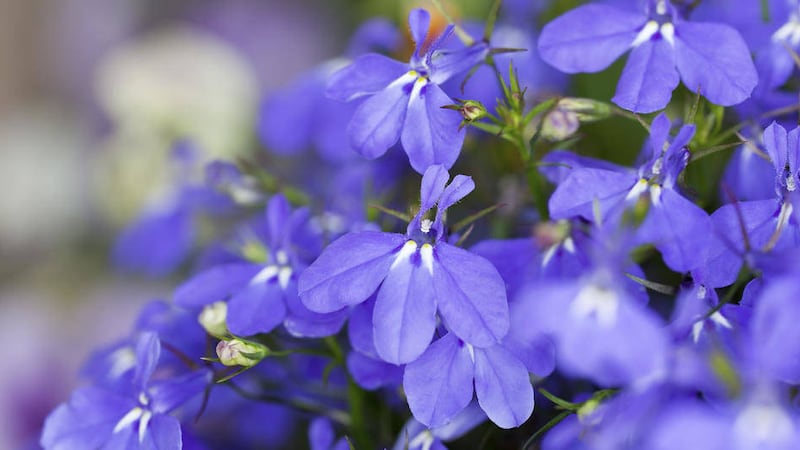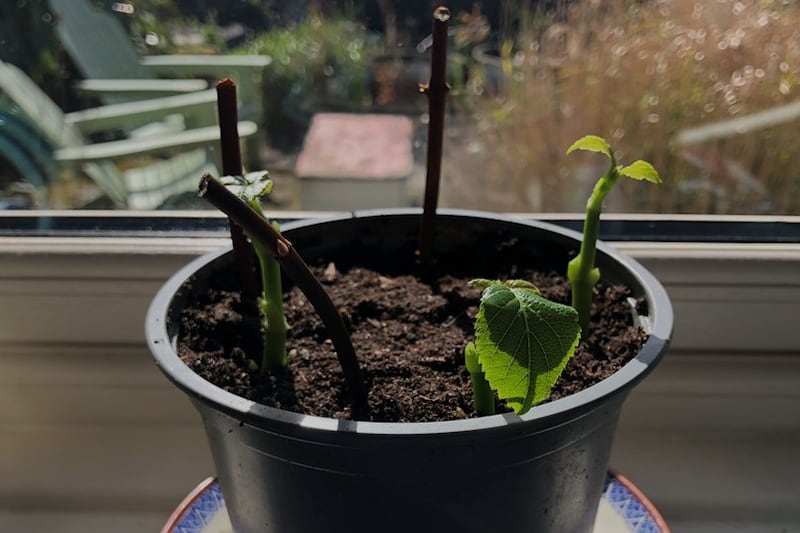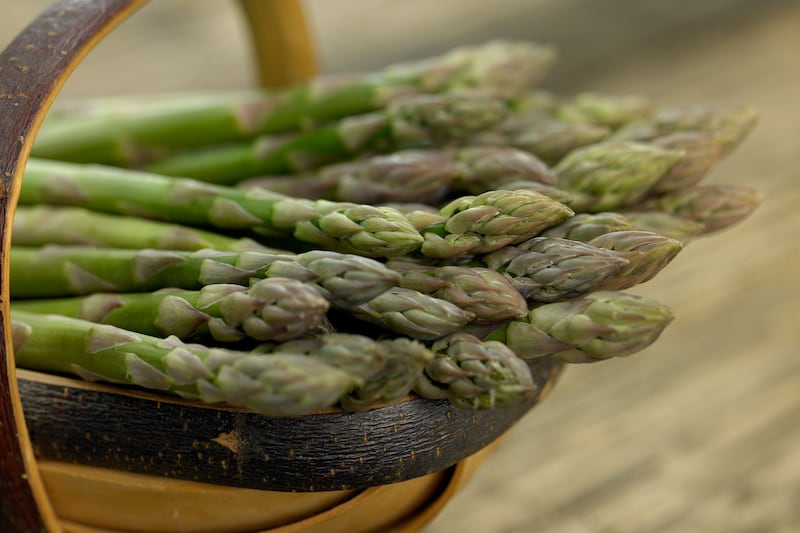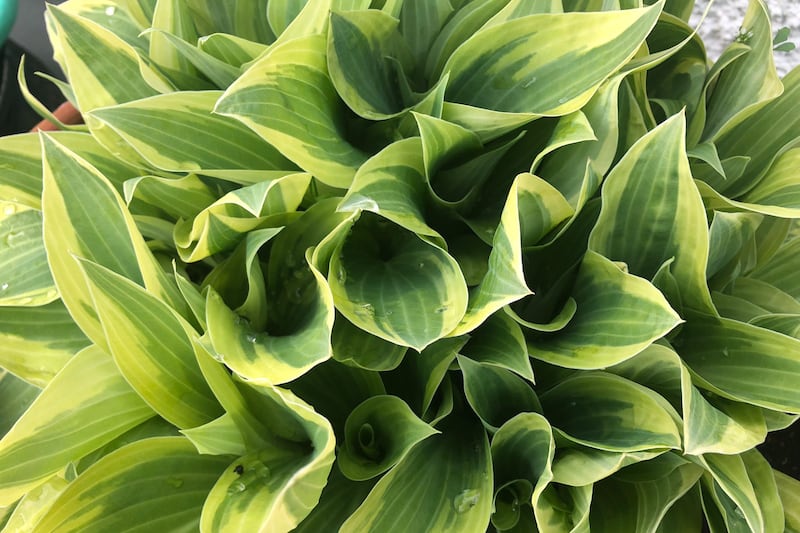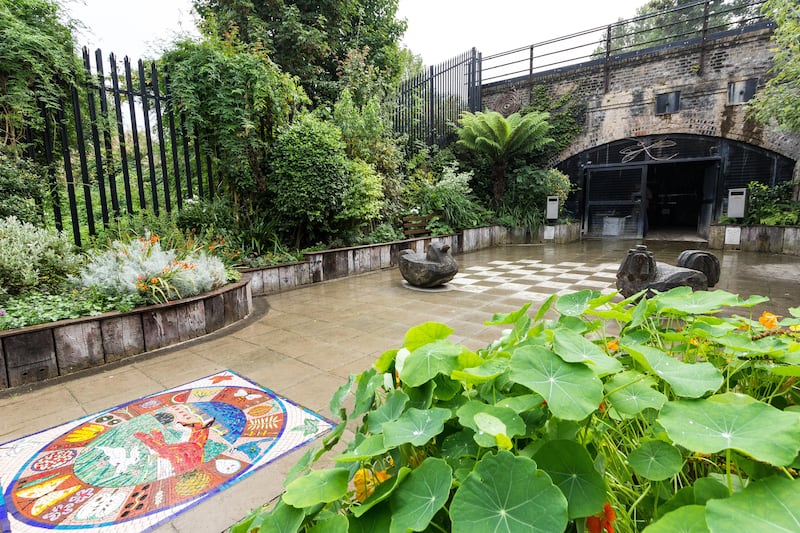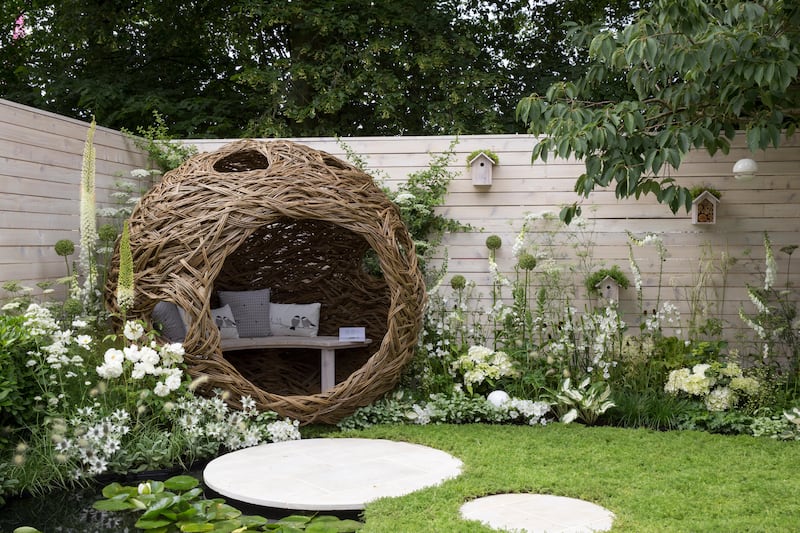UNLIKE the annual blue bedding lobelia which is commonly used to fill in gaps in summer containers or cascades from hanging baskets, perennial lobelias are tall, elegant, striking plants with flowers in pink, red or purple.
A particularly hardy type is L. siphilitica which forms sturdy stems growing to 1m (3.5ft) and long spike-like clusters of sky-blue flowers. Many have a reputation for not being hardy, but L. cardinalis can tolerate cold. However, it pays to grow them somewhere sheltered in full sun and to give them a thick winter mulch.
L 'Queen Victoria', a scarlet variety, is ideal for filling gaps left by early flowering plants and looks stunning paired with rudbeckia for late summer colour.
WHAT TO DO THIS WEEK:
:: Reduce the length of wisteria tendrils by half.
:: Water dahlias regularly and feed fortnightly, paying particular attention to young plants which are slow to grow.
:: Go on slug and snail patrol in your garden, particularly after a heavy downpour, and pick off all those you see.
:: Peg down runners on strawberry plants that you want to propagate.
:: Feed late-flowering border perennials.
:: Collect and sow or store ripe seeds before they fall.
:: Plant autumn-flowering bulbs such as amaryllis, nerines and autumn crocuses.
:: Summer-prune side-shoots of wall-trained plums and cherries, with the exception of Morello.
:: Where roots are exposed due to watering, apply a top-dressing of John Innes No 3 compost to tomatoes.
:: Buy winter varieties of spinach, which can be sown in August and September to crop between October and April.
:: Top up ponds on a regular basis because water can evaporate quickly during hot spells.
:: Thin oxygenating plants in the pond before they take over completely. Pull them out with a rake and leave them to dry out, to allow any wildlife hiding inside to escape.
